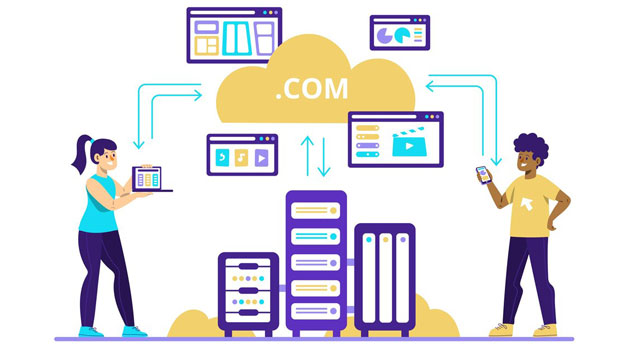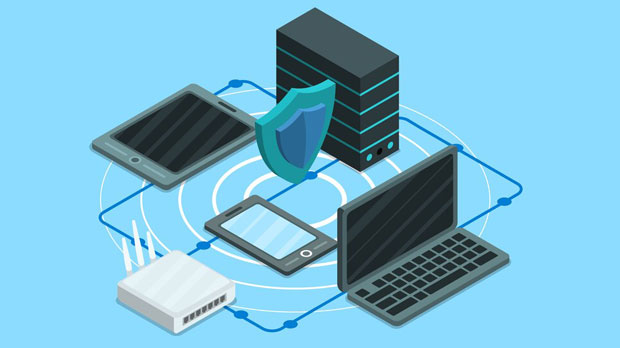The importance of selecting the right HTTP proxy service cannot be overstated, especially when businesses or individuals rely on proxies for activities such as web scraping, bypassing geo-restrictions, or ensuring online anonymity. One of the key factors influencing the choice of a proxy service is the latency and pricing of the nodes available in different countries. This comparison of 4everProxy’s HTTP proxy nodes in various regions aims to provide valuable insights into how latency and price are interrelated, helping users make more informed decisions about which service to choose for their specific needs. In this article, we will analyze the key factors involved in choosing proxy nodes based on their latency and pricing and offer a deep dive into the best value for money across regions. Introduction: What is HTTP Proxy Latency and How Does it Impact Users?Latency, in the context of HTTP proxies, refers to the delay a user experiences when sending a request to a proxy server and receiving a response. This delay is influenced by factors such as the physical distance between the user and the proxy server, the network infrastructure, and the server's processing power. High latency can cause slower browsing speeds, leading to frustrating user experiences, especially for those using proxies for time-sensitive tasks like web scraping or streaming.Additionally, latency is an important consideration when businesses or individuals require proxy nodes from specific countries. For example, a user located in the U.S. may experience lower latency when accessing proxy nodes located in North America, while a user in Asia may encounter higher latency when accessing nodes in Europe or the Americas.How Does Price Affect Proxy Node Selection?While latency is crucial, pricing also plays a major role in selecting the right HTTP proxy service. Pricing typically varies based on factors such as the geographical location of the proxy nodes, the level of anonymity provided, and the number of IP addresses offered within the proxy package. Typically, proxy nodes located in developed countries like the U.S., U.K., or Japan may be priced higher due to better infrastructure and lower latency, while nodes in regions with less advanced infrastructure may come at a lower cost.However, users need to balance both latency and price when selecting proxy services. Opting for a proxy node in a distant region might provide a more affordable solution but could result in higher latency. In contrast, selecting a node closer to the user’s location may cost more but offer significantly better performance.Comparison of 4everProxy HTTP Proxy Node Latency and Price Across Different CountriesTo give readers a clearer understanding of how latency and price compare across various countries, here is a breakdown of some of the most commonly selected regions for 4everProxy HTTP proxy services:1. North America (U.S. and Canada)North America is known for its high-speed internet infrastructure, which translates into low latency and fast response times for proxies in the region. Users located in or near North America typically experience latency of around 20-50 ms when accessing proxies in the U.S. or Canada. This makes North America an ideal choice for users seeking fast and reliable connections.In terms of pricing, proxy nodes in North America tend to be on the higher end of the spectrum. The cost reflects the quality of the infrastructure and the ease with which users can access services without experiencing slowdowns. The pricing can range from moderate to high, depending on the number of IPs and the level of anonymity required.2. EuropeEurope offers a wide range of proxy nodes, with many countries having strong internet infrastructure and low latency. Countries such as Germany, the U.K., and France provide excellent services with latency ranging from 30 to 60 ms, depending on the exact location of the server and the user. However, some regions in Eastern Europe might experience slightly higher latency due to the varying levels of internet infrastructure in these areas.The pricing in Europe is generally more affordable than North America, with most European proxies being moderately priced. Some countries, like the U.K. or Germany, may cost slightly more, while others in Eastern Europe could offer more budget-friendly options without compromising too much on performance.3. Asia (Japan, China, and India)Asia presents a mixed bag when it comes to HTTP proxy node latency. Japan and South Korea, with their state-of-the-art infrastructure, provide low-latency proxies (around 20-40 ms), which are ideal for high-speed activities. However, China and India may offer higher latency (50-100 ms) due to network congestion, government regulations, and infrastructure differences.In terms of pricing, Asian proxies tend to vary significantly. Proxies in Japan and South Korea are typically priced similarly to those in Europe, while India and China offer lower-cost solutions. These regions are attractive for users on a budget, but they may need to compromise on latency for cheaper rates.4. South AmericaSouth America generally offers higher latency compared to North America and Europe, with proxies in Brazil, Argentina, and other countries often experiencing 100-150 ms latency. While the infrastructure in these regions has been improving, it still lags behind more developed countries, resulting in slower connections for users.However, the cost of proxies in South America tends to be relatively low, making them an affordable choice for users in the region or those seeking a more budget-friendly option. The trade-off, of course, is the increased latency.5. AfricaAfrica, much like South America, faces challenges in terms of network infrastructure, leading to higher latency when using HTTP proxies in the region. Latency often ranges between 150-250 ms, depending on the specific country and available proxy infrastructure.Despite the higher latency, proxy pricing in Africa is generally very low, making it an affordable option for users who can tolerate slower connections. For users in regions with minimal infrastructure, such as Sub-Saharan Africa, proxies may provide an economical way to access international content at a lower cost.Conclusion: Choosing the Right Proxy Node Based on Latency and PriceWhen selecting HTTP proxies for specific use cases, it's essential to consider both latency and pricing. North America and Europe typically offer the best performance in terms of latency but come at a higher cost. Asia provides a more varied experience, with low-latency options in Japan and South Korea, but higher-latency solutions in India and China. South America and Africa offer affordable solutions but often come with higher latency.Ultimately, the choice of proxy node will depend on the user's specific needs, budget, and willingness to trade off latency for cost. By analyzing the key factors involved, users can make informed decisions and select the best proxy service for their activities, ensuring a balance between speed, reliability, and cost-efficiency.
Jul 24, 2025



































































